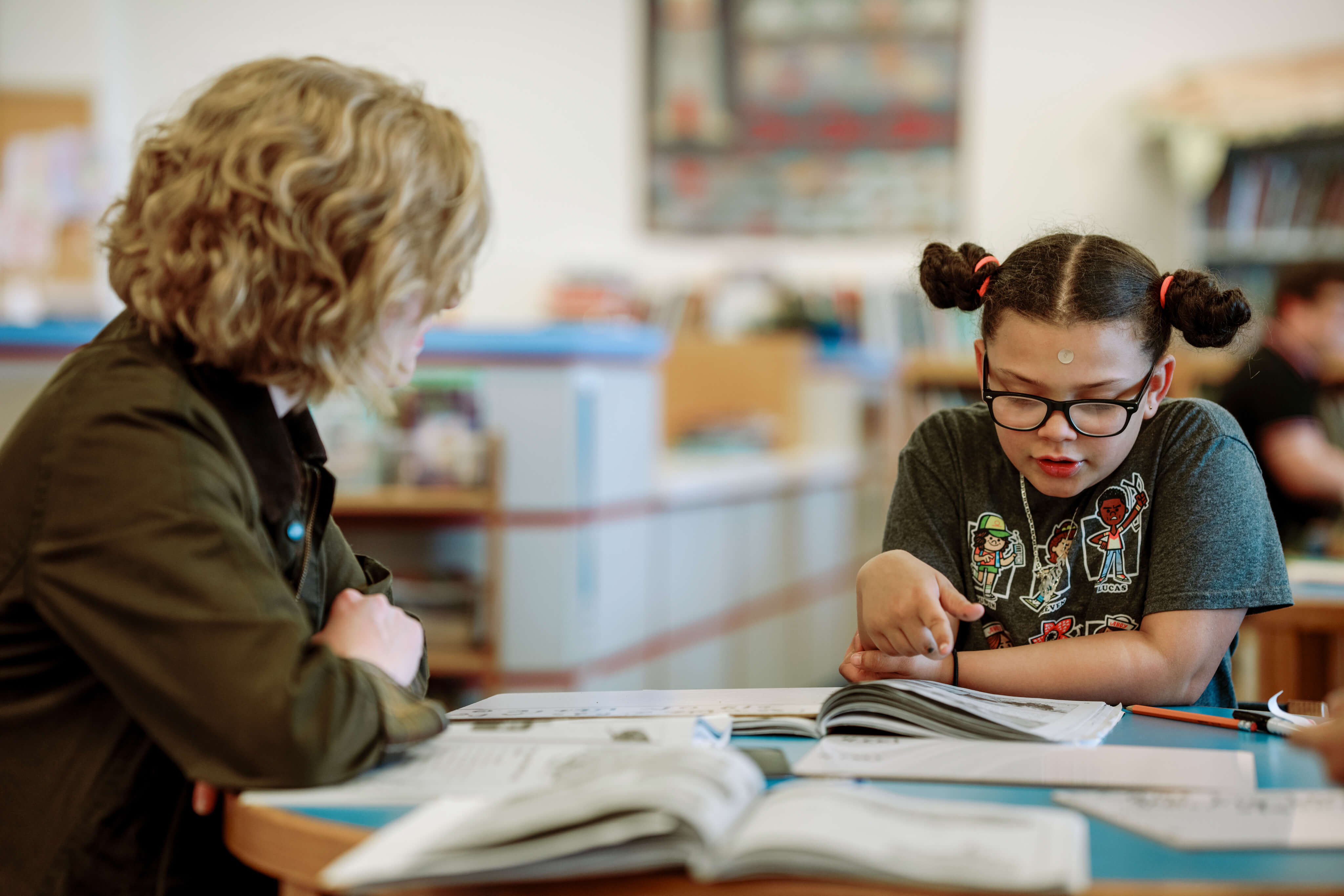
Ahh . . . summer is here and for most students that means vacation, free time, swimming, and no more school work. For parents and teachers, though, there are concerns that students, while enjoying their summer freedom, will lose some of the academic gains made during the school year.
Why should students learn over the summer?
According to Cooper, a summer without learning means two months of math computational skills lost. For low income students, two months of reading comprehension skills are also lost. In addition, according to Entwistle and Olson, cumulative summer learning losses have consequences later in life such as whether or not students:
- Are placed in less or more advanced high school curriculum
- Drop out of high school
- Attend college
In contrast, a summer with learning means students demonstrate significant gains in literacy when parents work with students. Students are also more likely to be ready on the first day of the school year. If students put time in during the summer months on their reading and math skills, those cumulative summer learning losses can be reduced.
How can parents encourage learning?
Children today are active learners and seek knowledge differently than we may have. For example, my niece wanted to find out whether the light in the refrigerator went out when the door was shut. She decided that she could find out by turning on the video recorder on her cell phone and put it inside the refrigerator. She shut the door for a few moments and then opened it back up, checked her cell phone video, and found her answer. She came up with this idea completely on her own. Were there other ways she could have found out the answer to her question? Sure. However, her instinct was to use the tools at her disposal and for most students that includes technology tools.
There are a number of ways that parents can encourage learning. Recommendations include:
- using engaging activities that are fun and educational
- encouraging self-choice in learning
- modeling life-long learning
- using technology to make learning more active
Let’s take a look at some of the interactive technology tools that students should have in their tool kit.
What technology tools exist to support learning?
There are many websites that claim to provide free, quality educational resources for students. The time it takes to find sites that best support academic growth can take more time than many parents have to give. Here are some sites that are useful for learning, while also being interactive and fun. All of these sites have free, interactive learning experiences, and while some do have premium elements, parents do not need to purchase the premium features. Parents can bookmark the appropriate web pages shown below on the browser for their children based on their grade levels. Check out Symbaloo to create a virtual technology tool kit to make it easier for your students to access the links.
Math Web Tools
Primary Grades (K−2)
Intermediate Grades (3−5)
Middle Grades (6−8)
High School (9−12)
Reading Web Tools
Primary Grades (K−2)
Intermediate Grades (3−5)
Middle Grades (6−8)
High School (9−12)
Next Steps
By providing access to these websites as part of their tool kit, students will keep up their growth while also having fun. Teachers and parents should encourage set times at least several times a week for students to use these websites or other educational resources. The time should be appropriate to a student’s age and attention level. To meet students’ need for self-choice, allow students to pick sites from the math and reading list instead of assigning specific ones.
Additionally, there are other steps that parents can take to encourage academic growth during the summer break. Parents should ask the student’s teacher what else can be done to support learning over the summer. The teacher may have already provided some recommendations. Another way parents can support learning is to plan a daily reading time as a family. Children who see their parents and other adults reading on a regular basis are more likely to pick up this important habit.
Parents know that their children are looking forward to their summer break. However, they also know the importance of maintaining the academic growth that students have gained during the school year. By setting aside time regularly for students to choose fun and educational websites from this technology tool kit and setting aside family reading time, students will be able to enjoy the summer break, while also keeping up their academic growth.
Now, back to the pool! Happy summer!



